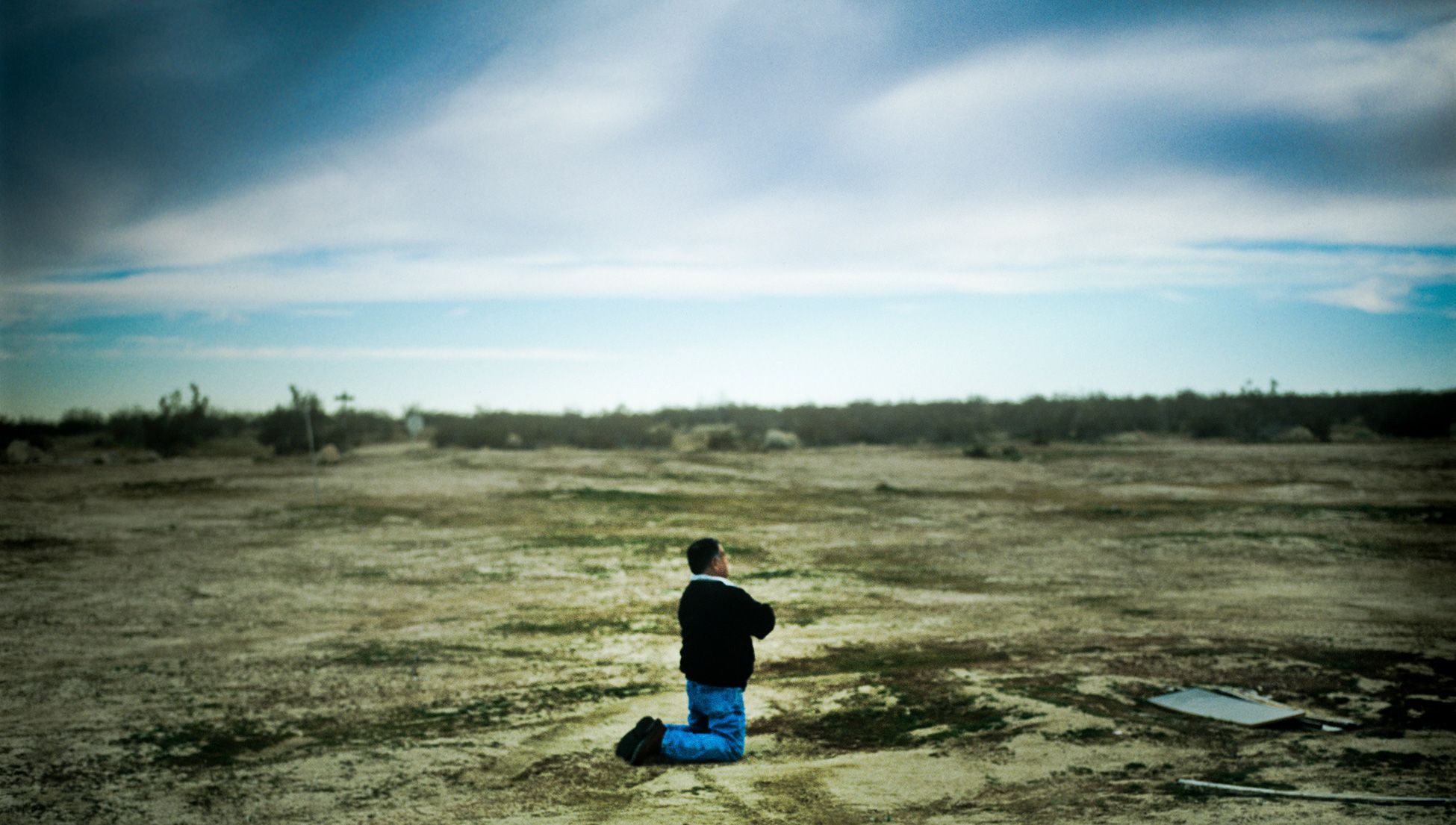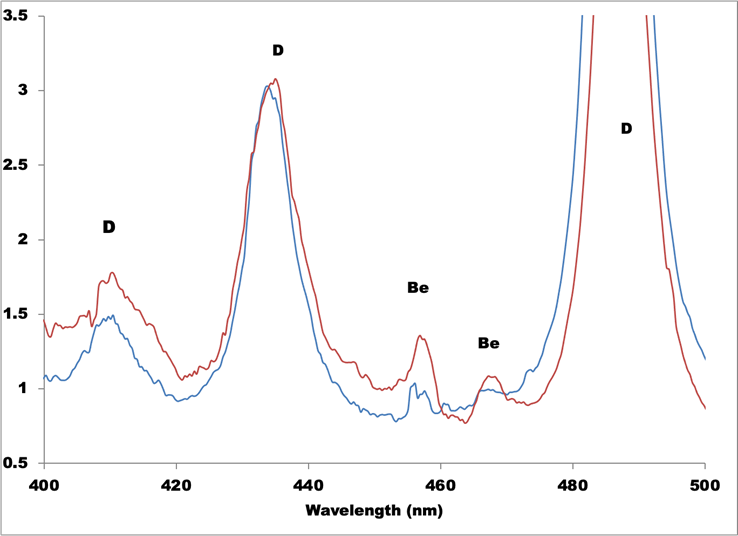
TERRAFORMING TERRA We discuss and comment on the role agriculture will play in the containment of the CO2 problem and address protocols for terraforming the planet Earth. A model farm template is imagined as the central methodology. A broad range of timely science news and other topics of interest are commented on.
Saturday, April 30, 2022
Giant Marine Reptiles At 2,800 Meters Above Sea Level

Religion gives life meaning. Can anything else take its place?

Discovery Sheds Light On Why The Pacific Islands Were Colonized

This work paces the cultural movement to around 1000 BC. This may also have been just after the fall of atlantean society giving a power vacuum.
4/22/2022 06:00:00 PM
https://archaeologynewsnetwork.blogspot.com/2022/04/discovery-sheds-light-on-why-pacific.html
The discovery of pottery from the ancient Lapita culture by researchers at The Australian National University (ANU) has shed new light on how Papua New Guinea served as a launching pad for the colonisation of the Pacific -- one of the greatest migrations in human history.
https://archaeologynewsnetwork.blogspot.com/2022/04/discovery-sheds-light-on-why-pacific.html
Discovery sheds light on why the Pacific islands were colonized
A pottery sherd from Brooker Island, east of PNG [Credit: Tracey Nearmy/ANU]
The new study makes clear the initial expansion of the Lapita people throughout Papua New Guinea was far greater than previously thought. The study, published in the Nature Ecology and Evolution journal, is based on the discovery of a distinctive Lapita pottery sherd, a broken piece of pottery with sharp edges, on Brooker Island in 2017 that lead researcher Dr Ben Shaw said was "like finding a needle in a haystack."
"Lapita cultural groups were the first people to reach the remote Pacific islands such as Vanuatu around 3,000 years ago. But in Papua New Guinea where people have lived for at least 50,000 years, the timing and extent of Lapita dispersals are poorly understood," Dr Shaw said. "For a long time, it was thought Lapita groups avoided most of Papua New Guinea because people were already living there."
The study shows Lapita people introduced pottery to Papua New Guinea that had distinct markings, as well as new tool technologies and animals such as pigs. "We found lots of Lapita pottery, a range of stone tools and evidence for shaping of obsidian [volcanic glass] into sharp blades," Dr Shaw said. "As we dug deeper, we reached an even earlier cultural layer before the introduction of pottery. What amazed us was the amount of mammal bone we recovered, some of which could be positively identified as pig and dog. These animals were introduced to New Guinea by Lapita and were associated with the use of turtle shell to make tools."
Dr Shaw said the new discovery explains why the Lapita people colonised the Pacific islands 3,000 years ago and the role that Indigenous populations in New Guinea had in Lapita decisions to look for new islands to live on.
According to Dr Shaw, later Lapita dispersals through PNG and interaction with Indigenous populations profoundly influenced the region as a global centre of cultural and linguistic diversity.
"It is one of the greatest migrations in human history and finally we have evidence to help explain why the migration might have occurred and why it took place when it did," he said. "We had no indication this would be a site of significance, and a lot of the time we were flying blind with the areas we surveyed and when looking for archaeological sites, so it is very much like finding the proverbial needle in a haystack."
The research involved many ANU researchers and international collaborators who showed how migration pathways and island-hopping strategies culminated in rapid and purposeful Pacific-wide settlement.
"A lot of our good fortune was because of the cultural knowledge, and we built a strong relationship with the locals based on honesty and transparency about our research on their traditional lands. Without their express permission, this kind of work would simply not be possible. The Brooker community is listed as the senior author on the paper to acknowledge their fundamental role in this research," Dr Shaw said.
Source: Australian National University [April 22, 2022]
Friday, April 29, 2022
FF-2B Plasma Purity Sets New Record



Cryptid Phenom
Cryptid Phenom
I have been reading eyewitness reports, initially focused on the Bigfoot for 25 years now. That has been at least one a day and a better estimate may well be plausibly two. The big take home is that is 25 X 360 or over nine thousand reports. I have personally read or listened to over 10,000 separate eye witness reports on cryptids.
I knew a long time ago we had more than 10,000 reports on the Bigfoot and today we can likely inventory over 20,000 for this creature.
within that body of reports, i early identified a subset of reports which has since blossomed into a large body of its own under dogman, but is the so called extinct Giant Sloth.
Understand that any eyewitness struggled with reporting what he saw, simply because there were few places to do so. That has steadily improved and wonderfully so with Bigfoot. That has made other reports finally show up on the radar in numbers to be taken seriously.
We now have a body of sightings that include the following:
Bigfoot cum sasquatch and various types in Eurasia and australia and Africa.
Giant Sloth cum Dogman also global
Thunder Bird
Gargoyle or Giant Vampire Bat global
Mothman or flying alien or humanoid.
Pterosaur in several varieties including a dragon like coloration.
Plausible Giant Owl
Therosaurs in Australia ( think Tyrannosaurus Rex )
These are the big boys and they are wide ranging and the reports are getting better.
For all these we are also seeing smaller versions and smaller oddities as well. So ye s,the little people are out there beyond just Ireland.
We have amply learned that many of our larger creatures are able to make us either not see them or see something else. The champion there is the Giant sloth
None of these cryptids have huge populations by our standards, but for most we are looking at a distribution typical of the Cougar who but for unfortunate tactical errors would match the Bigfoot in apparent scarcity. ( dogs chase them up trees for the hunters) The reason we even know about the Giant Sloth is that the LaBrea tar sands was a perfect trap for them and we got ALL our fossil evidence from there.
Remember that Dogman is the Giant Sloth and is quite a tree swinger. Its front hands sport several inch long claws able to grab tree limbs and disembowel anything smaller than an elephant. It is also an ambush hunter.
My take home is that they are everywhere and mostly nocturnal which is why we never see them. Lone tramping in the woods is risky anyway and this should cause us to smarten up and go with a buddy. That prevents ambush.
Why So Many Middle-Aged Deaths in 2021?
Humans Disrupting 66-Million-Year-Old Feature Of Ecosystems

I do not think that i woulkd read much into this rather natural behavior. It may well be adjusting in the presence of human dominance, but even that is a work in progress. I am expecting a much nuanced outcome as the centuries roll on.
Thursday, April 28, 2022
Decentralized and Neutral







